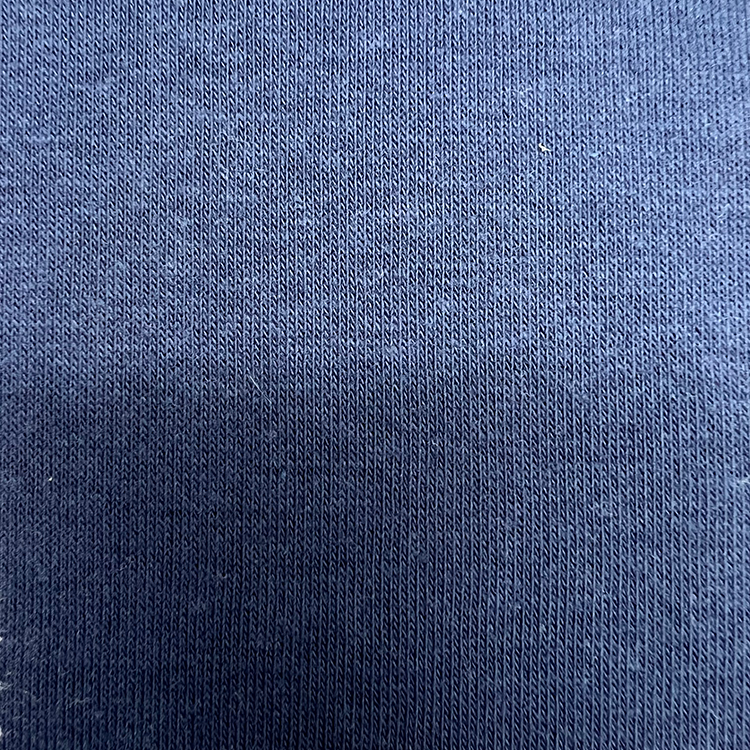Knitting is a versatile textile production technique that plays a critical role in determining the properties and functionality of fabrics used in a variety of applications. Among the most common knitting techniques are weft knitting and warp knitting, each with its distinct manufacturing processes and characteristics. While both methods involve the interlocking of yarns to form fabric, their differences in technique directly influence fabric properties such as stretchability, durability, appearance, and suitability for various end uses. Understanding these key differences is crucial for manufacturers, designers, and consumers alike, as the choice between weft and warp knitting can have a profound impact on the final product.
The primary difference between weft and warp knitting lies in the orientation of the yarns and the way they interlace during the knitting process. In weft knitting, yarns are fed horizontally across the knitting machine, with each yarn loop interlocking with the one below it, forming a fabric structure that is flexible and can easily stretch in multiple directions. This technique typically uses circular or flatbed knitting machines, and it is known for its ability to produce fabrics that have significant stretch and recovery, making them ideal for applications like activewear, undergarments, and casual clothing. The process of weft knitting also allows for quicker production and greater versatility, as it can produce fabrics with varied textures, patterns, and finishes, such as jersey, ribbed, or interlock fabrics. These characteristics make weft knitted fabrics particularly suitable for applications where comfort, breathability, and flexibility are prioritized.

On the other hand, warp knitting involves feeding yarns vertically, parallel to the length of the fabric. These yarns are knitted in a zigzag pattern, interlacing vertically and horizontally, and are typically used on machines with multiple needles that work simultaneously to form the fabric. This method is more complex than weft knitting and often results in a fabric that is more stable, less prone to running or laddering, and offers greater strength. The tightness of the structure and the precision of the knitting process allow warp-knitted fabrics to be durable and resistant to wear and tear, making them suitable for more technical applications, including automotive textiles, medical fabrics, and sports equipment. Warp knitting’s ability to create finer, more intricate designs also makes it ideal for applications requiring a high degree of pattern detail and structural integrity.
The differences in these two knitting processes are reflected in the fabrics' stretch, durability, and overall performance. Weft knitted fabrics generally exhibit high elasticity, with a greater degree of stretch in both the length and width of the fabric. This is because of the way the yarn loops interlock across the width, allowing the fabric to "give" in multiple directions. This stretchability gives weft knitted fabrics a soft, comfortable feel and makes them ideal for garments that require movement and flexibility. However, this same stretch can also make the fabric more susceptible to sagging or losing shape over time, especially if the yarns are not properly tensioned or if the fabric is subjected to frequent stretching.
In contrast, warp knitted fabrics are less elastic but offer superior dimensional stability. The interlocking of yarns in warp knitting creates a tighter, more controlled structure, which makes the fabric resistant to distortion and more stable in shape. Warp knitted fabrics are typically less prone to stretching out or losing their form, which is why they are often used in applications where long-term durability and strength are critical, such as in industrial or technical textiles. The tighter, more consistent structure also allows for better drape and more precise patterning, making it the preferred choice for fabrics that need to maintain a certain shape or structure, such as lingerie, swimwear, and certain outerwear.
Another important consideration is the production speed and complexity. Weft knitting tends to be faster and more cost-effective to produce than warp knitting, as it involves simpler machinery and a less complex setup. This makes it an attractive option for mass-producing everyday garments. Warp knitting, due to its more intricate process and the need for specialized machinery, typically requires higher investment and longer lead times for production. However, the resulting fabrics often justify these costs with their superior strength, stability, and longevity, which are key for high-performance textiles or garments with a longer lifespan.

 English
English Français
Français




